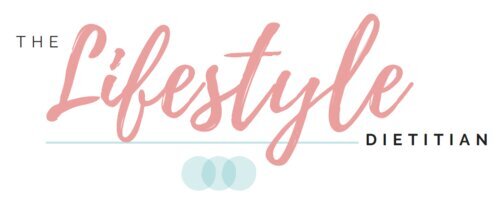HOW TO BOOST IRON ABSORPTION
Have you ever wondered what the most common nutrient deficiency is worldwide? IRON
Although Iron is a mineral found widely in a range of foods, it is unfortunately not well absorbed into our body and tissues, making it difficult for many people to meet their requirements. I see this commonly in my clinic with many of the individuals I work with suffering from or having struggled with iron deficiency, so today we will break it down to the key ways you can boost your iron absorption through food!
What is Iron?
Iron plays a vital role in our body and bodily functions. It is widely known for its role in transporting oxygen around our body, however, that is not all it is important for. Iron is an important component of a substance called haemoglobin, which makes up red blood cells and helps to carry oxygen around the body. Lack of iron means you can’t make enough healthy red blood cells, leading to an insufficient transfer of oxygen around the body and therefore fatigue and lethargy. Additionally iron plays an important role in pregnancy, where a very large proportion of pregnant women struggle to meet iron requirements. Iron is used for an increased blood volume for the mother, as well as to create blood for the growing baby. A lack of iron in pregnancy can lead to developmental issues in the baby.
Did you know that not all foods contain the same type of iron? We have two categories; haem iron and non-haem iron. Haem iron is found in the tissues of animal sources, such as beef, lamb, chicken and fish. Rule of thumb is that the ‘redder’ the meat, the more iron it contains. Haem iron is also more easily absorbed into our body. Alternatively, we have non-haem iron which is found in plant-based sources, such as beans and legumes. Non-haem iron is unfortunately poorly absorbed into our tissues. It is estimated that the average healthy person absorbs approximately 18% of the available iron from an omnivorous diet and 10% from a vegetarian diet. However, you may absorb more or less than that, as we all have our own unique absorptive capacity.
Good Sources of Iron
Legumes (such as lentils, beans and chickpeas)
Kangaroo
Beef
Eggs
Tinned Salmon
Firm Tofu
Tempeh
Pumpkin seeds
Nuts
Whole Grains and fortified cereals
Dried apricots
Dark green vegetables (such as kale, broccoli and spinach)
How to boost your absorption of iron
Consume iron-rich foods with a source of vitamin C such as lemon juice, citrus fruit, kiwifruit, strawberries, broccoli, cherry tomatoes and capsicum.
Cook your non-haem iron sources. In many cases cooking the food increases the available iron, therefore your body will absorb more.
Avoid drinking tea, coffee and red wine with iron-rich meals, as the Tannins in these beverages will reduce your absorption of Iron.
Separate your iron-rich meals from high sources of calcium (such as Dairy) as this can block the absorption of haem-iron.











